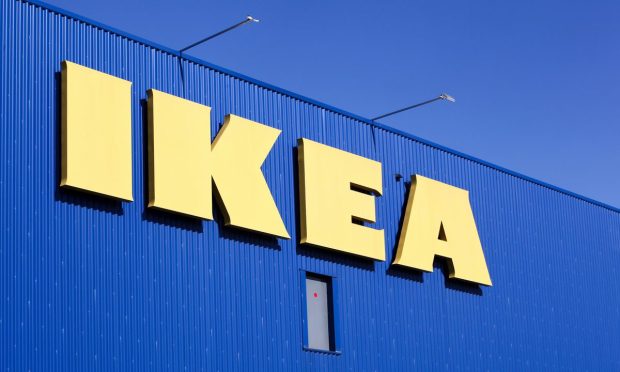Ikea To Pilot Furniture Buyback, Secondhand Sales

Home furnishing retailer Ikea is joining the growing list of companies testing U.S. demand for a secondhand market, with the company saying Monday (Aug. 30) that it will be piloting a furniture buyback and resale program with the goal of making it a permanent fixture at stores nationwide.
The pilot program will be available in the Philadelphia suburb of Conshohocken starting on Monday until Sept. 19. It will eventually roll out to additional markets.
Loyalty customers will be able to sell gently used Ikea furniture in exchange for store credit, with these items then available for resale in Ikea’s “as-is” section at discounted prices. Any customer can join the loyalty program for free.
The retailer initially began its global buyback program in Great Britain last year, with the program also running in 26 other countries, including Australia, Canada, France, Germany, Italy, Japan and Russia.
Through the buyback program, Ikea furniture in “new” condition, with no scratches, could receive 50 percent of its original price. Furniture with minor scratches may receive 40 percent of the original price, and “well-used” items, with several scratches, could receive 30 percent of the original price.
Ikea said it will accept bookcases, shelf units, small tables, cabinets, dining tables, desks, and unupholstered chair and stools through the resale program. Products that have been used outdoors, sofas, armchairs, appliances, mattresses and non-Ikea items will not be accepted.
One potential hurdle that may need to be ironed out during the pilot program is the fact that furniture needs to be brought for resale to the store fully assembled since products can get damaged when taken apart and reassembled. Some consumers may not be able to transport something as large as a bookshelf, meaning that Ikea ends up with a resale program with little inventory.
Still, the retailer’s global reach, and the fact that the U.S. is among the last of its markets to introduce a secondhand program, means many lessons have likely already been learned — it will just be a matter of making those lessons work for the U.S. consumer.
Secondhand Demand
The secondhand marketplace has become increasingly popular, especially among younger consumers, with a Piper Sandler Gen Z survey earlier this year finding that 47 percent of teens have purchased secondhand goods and 55 percent have sold secondhand. Teens allocate about 8 percent of their shopping time to secondhand.
In light of this, Lululemon, Levi’s Patagonia, Eileen Fisher and REI have all partnered with secondhand marketplace manager Trove to run resale operations for them. Nike has also launched an in-house refurbished program in April, and thredUP has in recent months been touting its Resale-as-a-Service (RaaS) platform as a way for brands to easily reach the secondhand market. ThredUP currently has RaaS partnerships with LG, Fabletics, Farfetch and several other brands.
According to a report by GlobalData and thredUP, the secondhand market is currently worth about $36 billion, $15 billion of which is resale and $21 billion of which is traditional thrift and donation. By 2025, the secondhand market is expected to reach $77 billion.
To be sure, these estimates are mainly for apparel, but Ikea is betting that the demand for secondhand clothing can transfer into furniture, especially as Gen Z continues to grow up and needs to furnish their own spaces.
ThredUP Co-founder and CEO James Reinhart told investors and analysts on a conference call earlier this month that the RaaS partnership with LG “signals that any consumer business, not just fashion retailers,” can use the resale platform to connect with customers.
“I wouldn’t say we’re expanding outside of traditional apparel categories, but I think one of the things we found … with LG was the ways that they want to inspire their customers to do good and think more sustainably,” Reinhart said.
